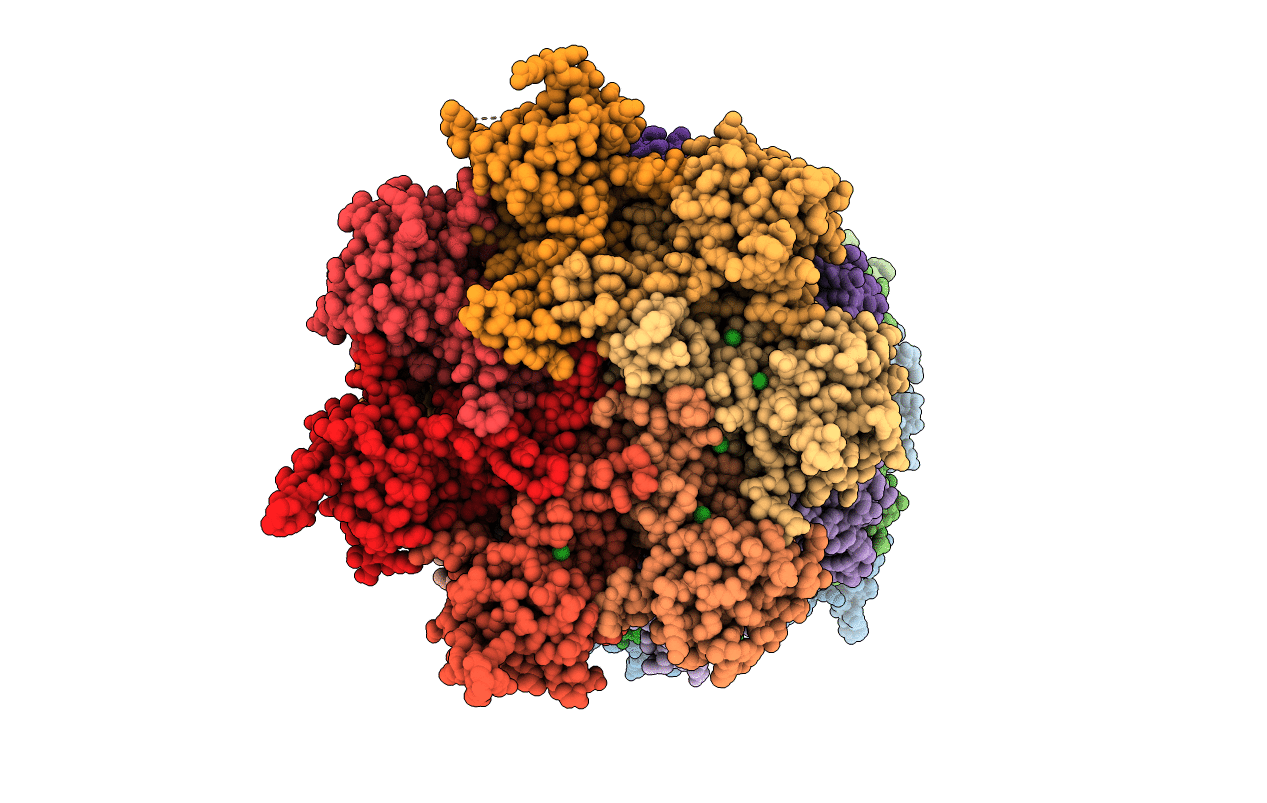
Deposition Date
2016-06-30
Release Date
2016-08-17
Last Version Date
2024-01-10
Method Details:
Experimental Method:
Resolution:
2.00 Å
R-Value Free:
0.21
R-Value Work:
0.17
R-Value Observed:
0.17
Space Group:
P 21 21 21


